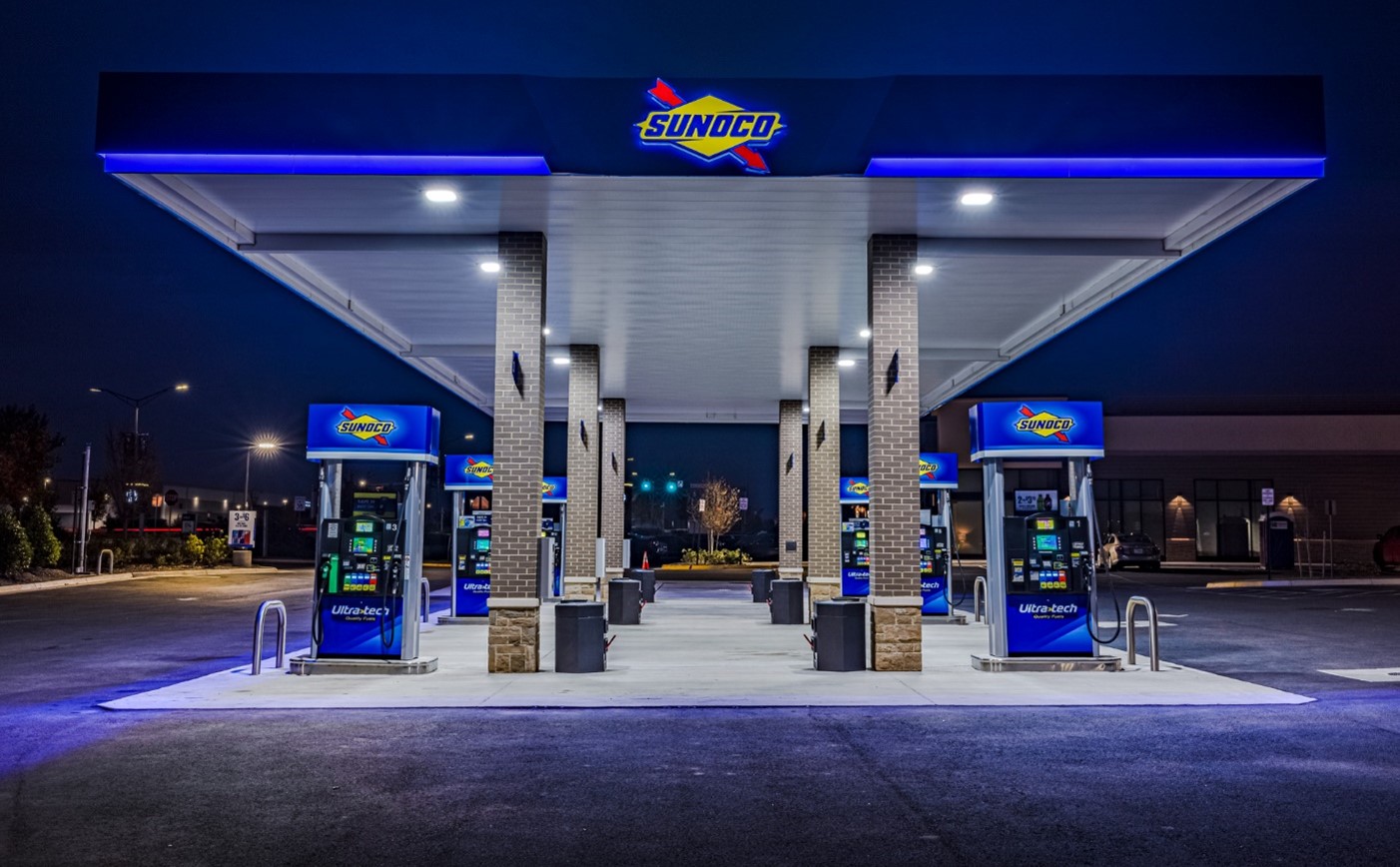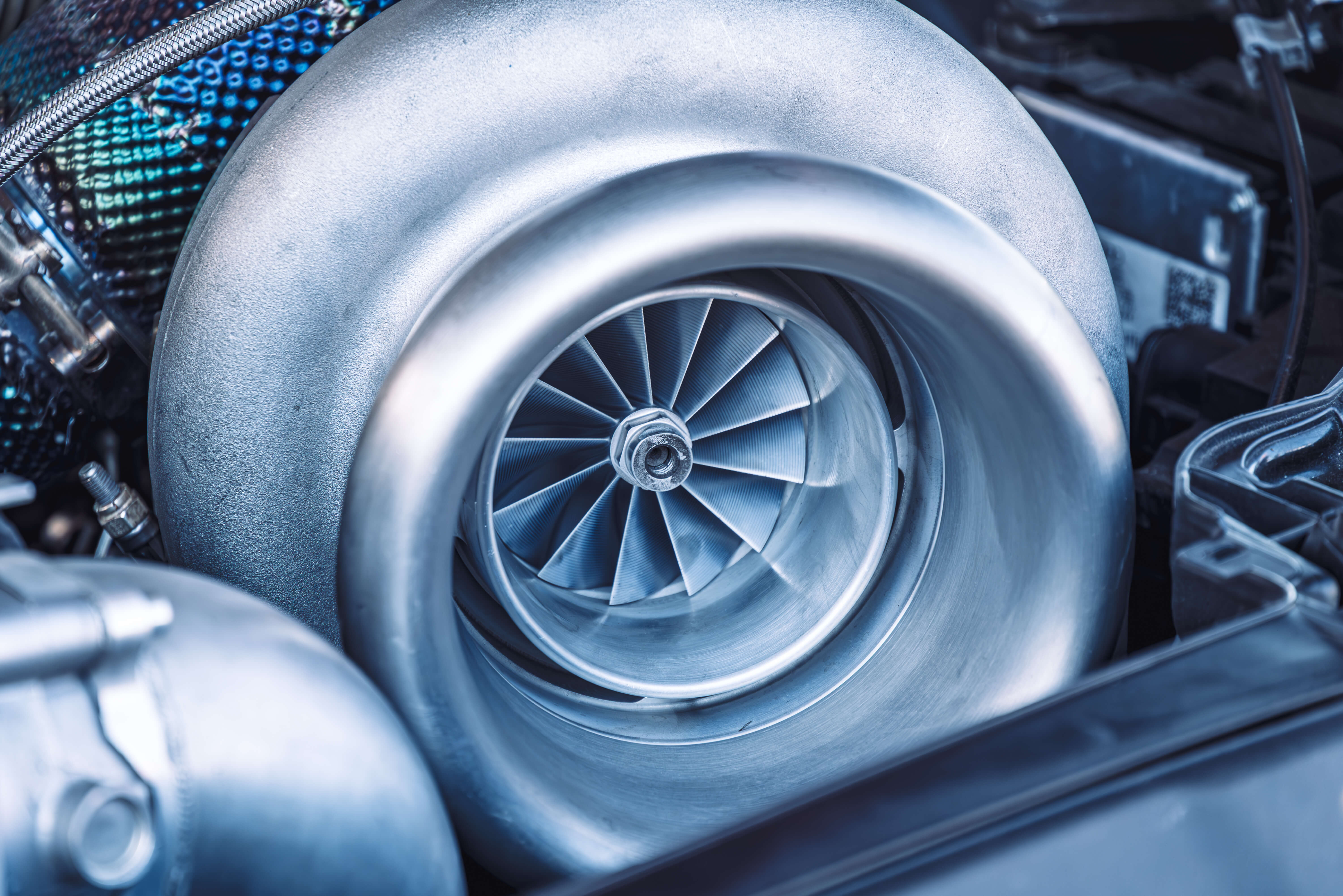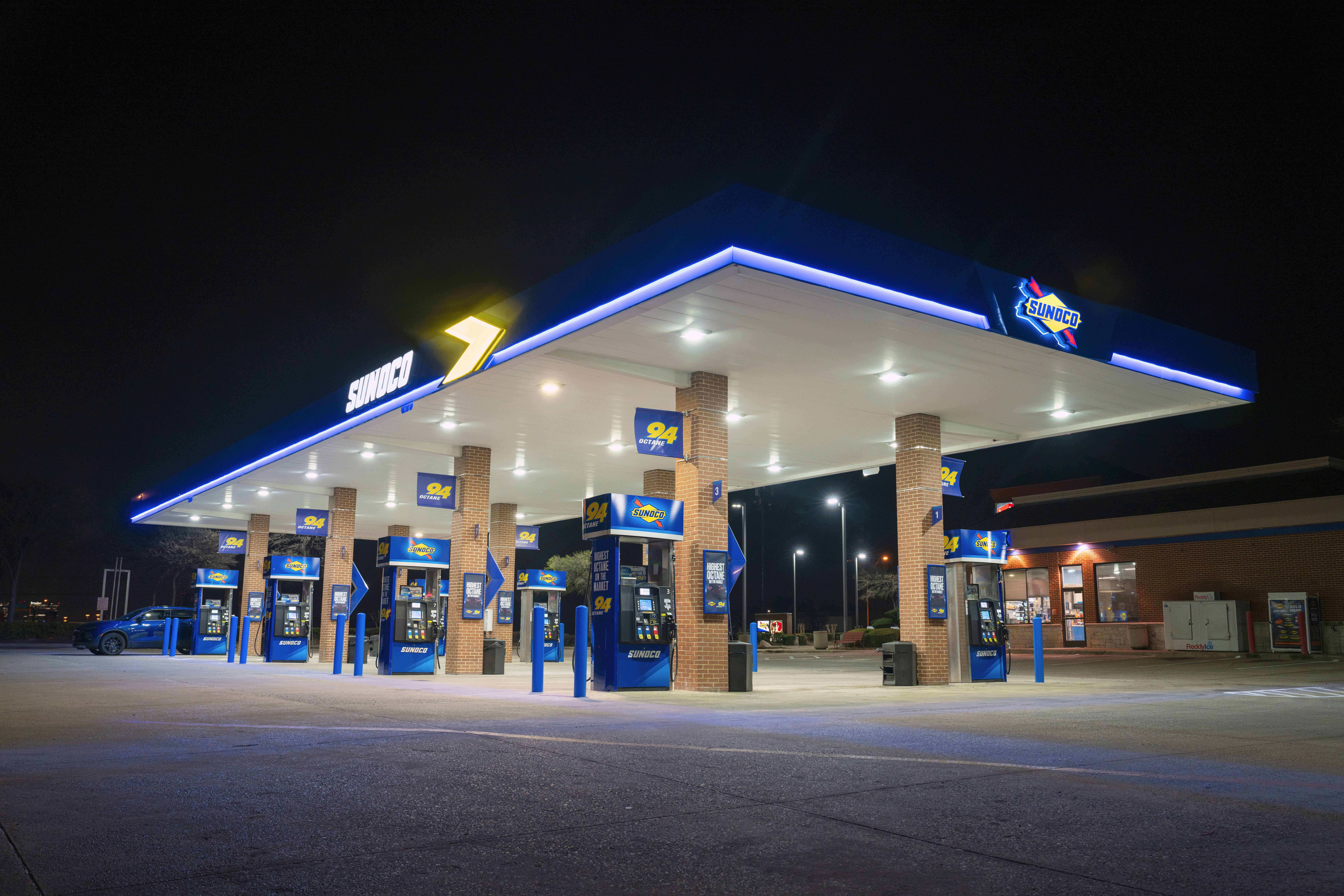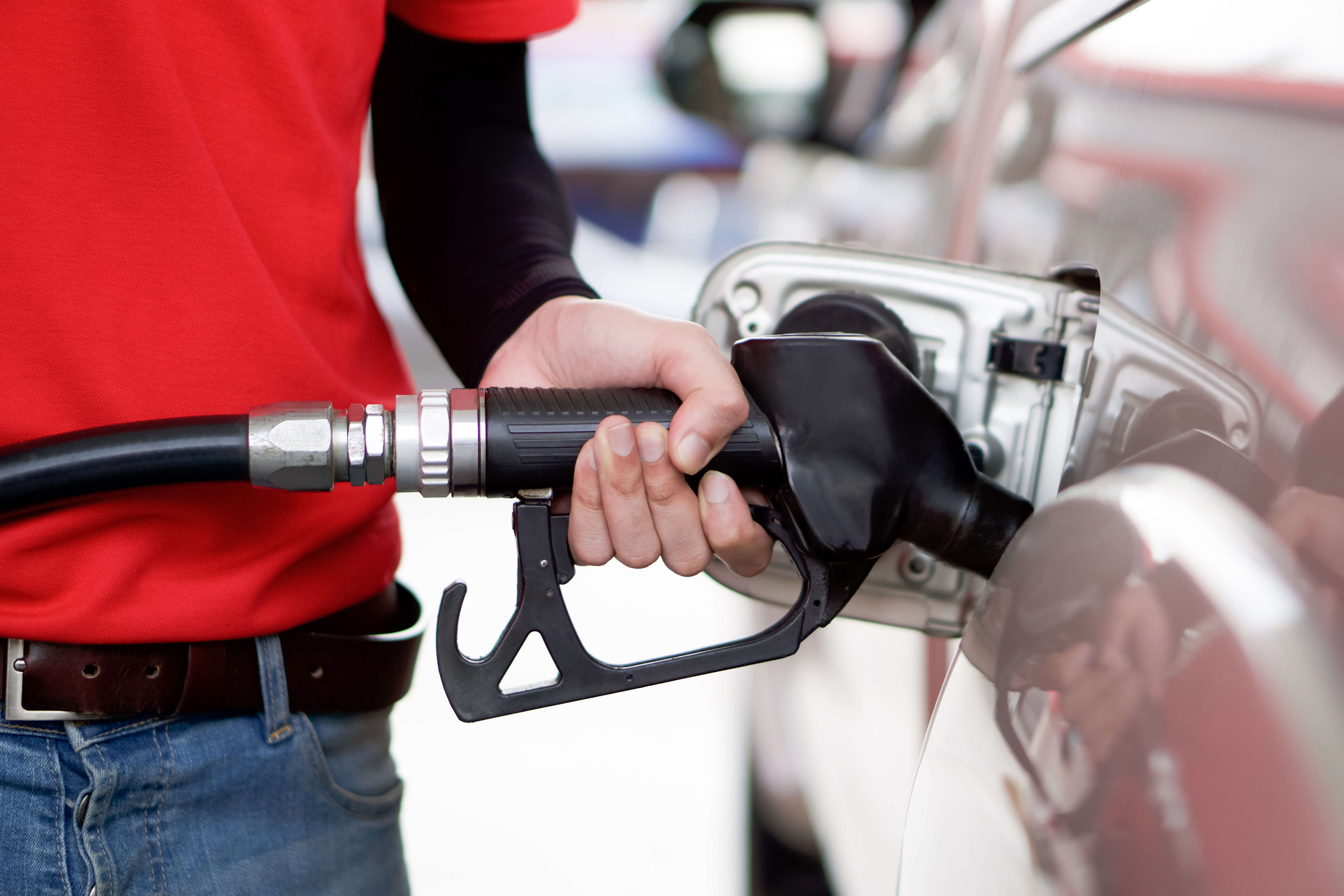Performance Fuels

Gas Station Basics that aren’t that Basic
- Category:
- Fuel Facts
Posted on 4/26/2024

Gasoline seems so simple: You pull up, you pump, you leave. But you have questions, right? So we ran a few common ones past Zachary J. Santner, senior specialist of quality at Sunoco.
How Can I Tell a Good Gas Station From a Substandard One? Busy stations are your friends, Santner notes, as gasoline can go stale as it sits. “A station that moves a lot of fuel, that’s good,” he explains.
One potential red flag is a slow pump. That could be a sign that its filter is full of dirt or has detected water due to phase separation–the pumps contain special filters that cut the flow of fuel when water is present. It shouldn’t take more than 5 minutes to fill a 10-gallon tank. After all, Santner notes, stations want to get their customers in and out.
When Should I Refuel? Most modern cars feature an in-tank pump with the fuel itself cooling the unit. “Riding around on empty all the time probably isn’t great,” Santner notes, as that can potentially reduce the pump’s life.
Does Fuel Type Really Matter? Top Tier fuels–Sunoco’s are on that list–contain more detergents. Using more octane than recommended won’t hurt the car, Santner notes, adding that these fuels offer a longer shelf life.
Why Do I Have to Turn Off the Engine While Fueling? “It’s all a precautions thing,” he says, as some industrial accidents have been traced to ignition sources–which can be eliminated by turning off the engine and also minimizing any static electricity.
Can I Safely Use a Single Container for Different Types of Fuel? In most cases, yes, you can use your race jugs to transport gas for your street car – with one big caveat: You shouldn’t mix leaded and unleaded products.




